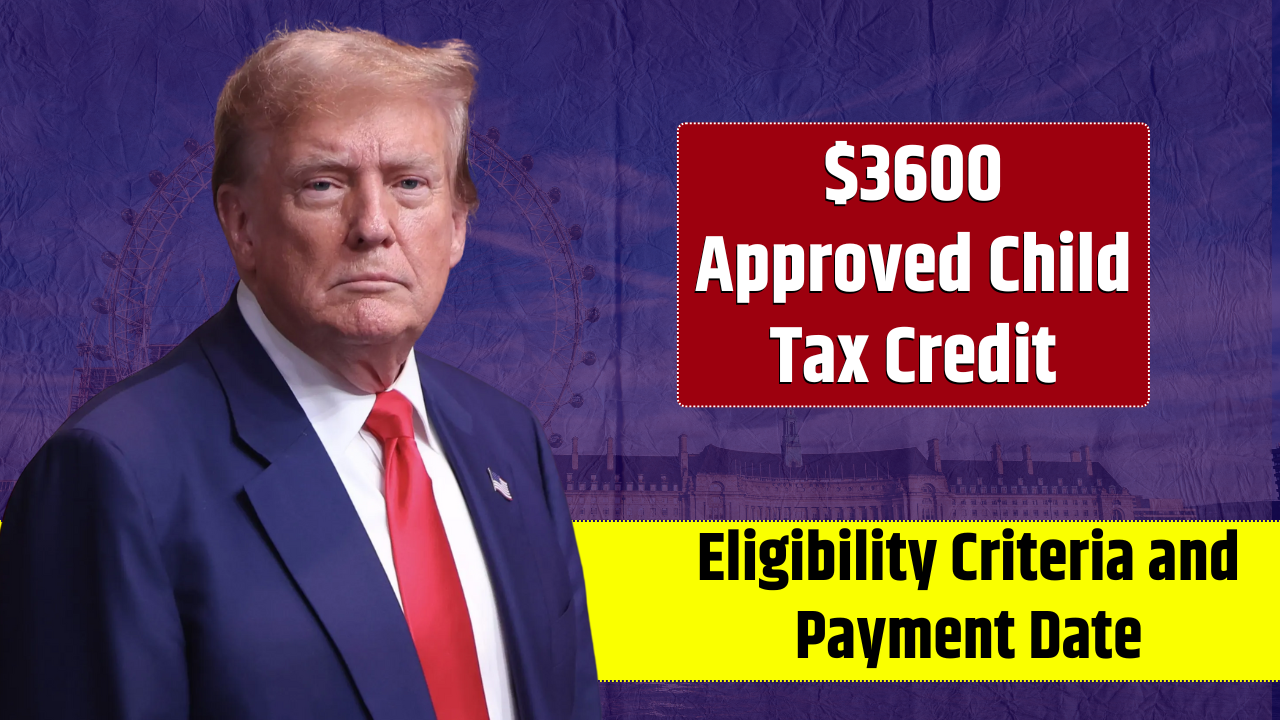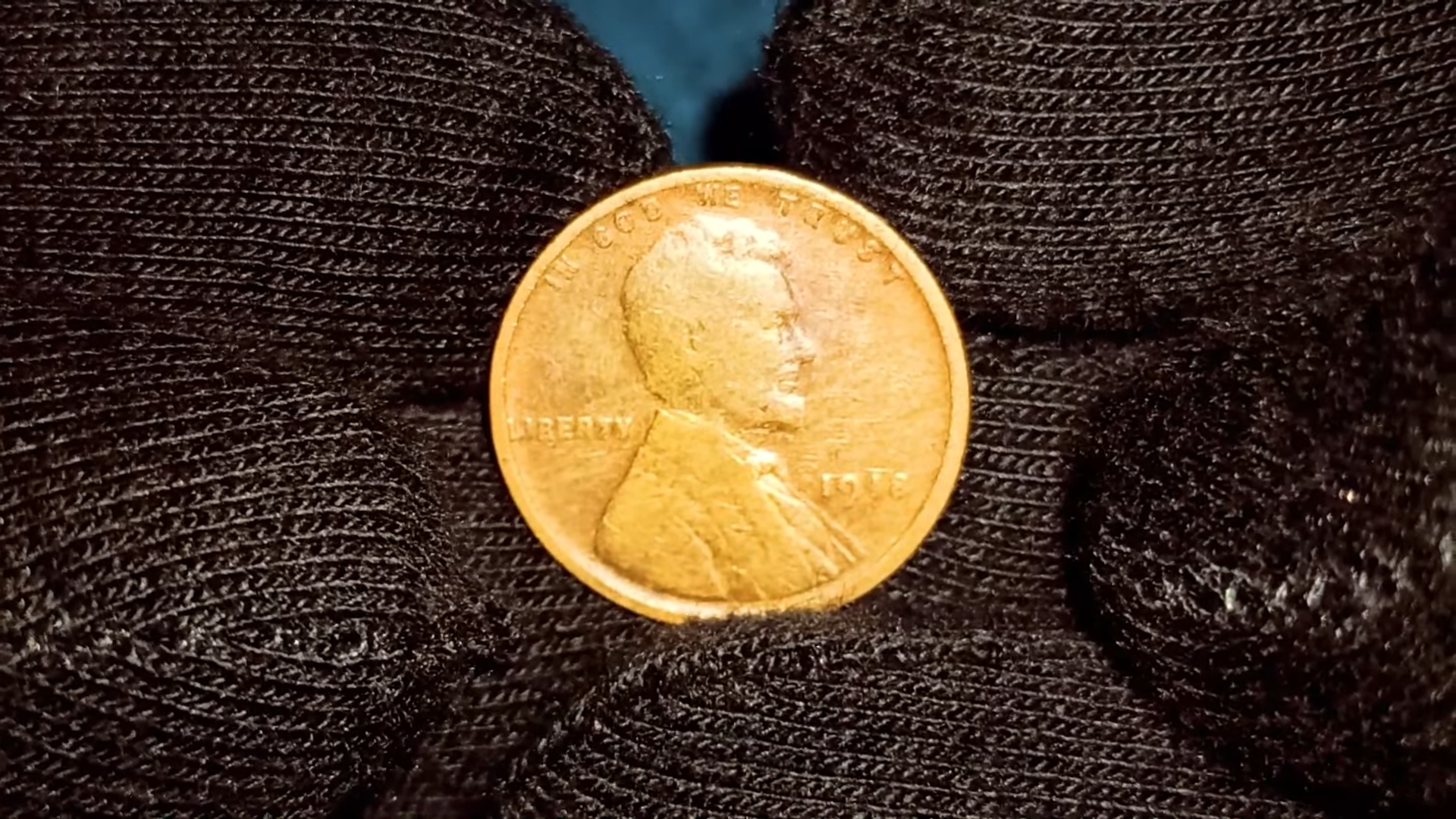With inflation squeezing household budgets and everyday essentials rising in price, families across the United States are finding some much-needed relief in the newly approved $3,600 Child Tax Credit (CTC). This expanded credit offers critical financial support for parents raising children under 17, helping them navigate higher living costs while building economic stability. For millions of working parents and caregivers, it’s more than a benefit—it’s a vital financial safety net.
Let’s break down what the $3,600 CTC means in 2025, who qualifies, how to claim it, and what it could mean for your family’s finances.
How the $3,600 Child Tax Credit Works in 2025
The Child Tax Credit is a federal program aimed at reducing the financial burden on families with dependent children. Previously capped at $2,000 per child, the credit was temporarily increased under the American Rescue Plan during the pandemic. Now, in 2025, lawmakers have re-approved the expanded amount, solidifying the credit at:
- $3,600 per child under age 6
- $3,000 per child aged 6 to 17
This benefit is partially refundable, meaning even families with little or no tax liability may still receive a portion—or even the full amount—of the credit as a refund.
Families can choose to receive the credit as either:
- Monthly payments spread across the year, or
- A lump sum as part of their annual tax refund.
The IRS is expected to resume monthly payments around mid-2025. If not, eligible families will receive the full credit when they file their 2025 tax returns.
Who Qualifies for the Child Tax Credit?
To be eligible for the full Child Tax Credit, families must meet several requirements set by the IRS:
| Eligibility Criteria | Details |
|---|---|
| Age of child | Under 17 at the end of 2025 |
| Relationship to child | Son, daughter, stepchild, foster child, etc. |
| Residency | Child lived with you for more than half the year |
| Citizenship | Child must be a U.S. citizen or resident alien |
| Income limits (for full credit) | Up to $150,000 (married filing jointly), $112,500 (head of household), $75,000 (single) |
Families with incomes above these thresholds may still qualify for a reduced credit as the amount phases out.
How Will Families Receive the Payments?
Families will receive the Child Tax Credit via:
- Direct deposit (if banking info is on file with the IRS)
- Paper check
- IRS-issued debit card
If you opt for monthly payments, expect them to begin by mid to late 2025. Otherwise, the full credit will be included in your 2025 tax refund.
What Steps Should Families Take?
To ensure you receive the full benefit:
- File your 2025 tax return on time, even if you don’t normally file.
- Update your household information (including income changes or number of dependents) via the IRS’s expected CTC Portal.
- Keep records of your child’s residency, birth certificate, and Social Security Number.
If your income or family situation has changed since your last tax return, updating this information is key to avoiding underpayment—or overpayment that may need to be repaid.
Why the Child Tax Credit Matters
The expanded CTC isn’t just a tax break—it’s an investment in family well-being. Research shows that the additional income helps parents afford essentials like food, housing, child care, and school supplies. It has also been linked to improvements in child health, academic outcomes, and reduced financial stress.
While some critics worry about potential misuse, studies from earlier CTC expansions found most families spent the money on necessities, directly improving children’s lives.
FAQs
When will the payments start?
If monthly payments are issued, they may begin by mid to late 2025. Otherwise, families will receive the credit after filing their 2025 tax return.
Do I need to apply for the Child Tax Credit?
No separate application is needed—just file your tax return, and the IRS will calculate and issue the credit.
Will I have to repay the credit?
In most cases, no. However, if your income increases significantly or you incorrectly claim a dependent, you may need to repay part of the credit.
Can low-income families receive the credit?
Yes. The credit is refundable, so families with low or no income may still qualify for the full amount.










